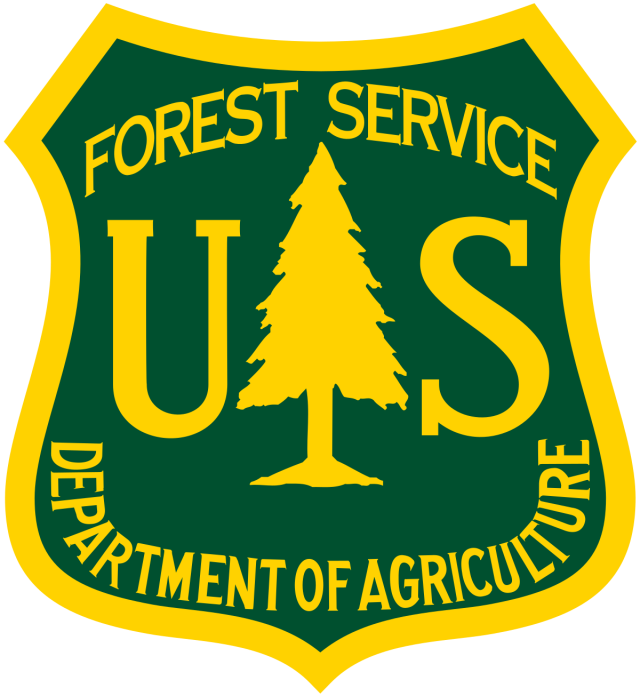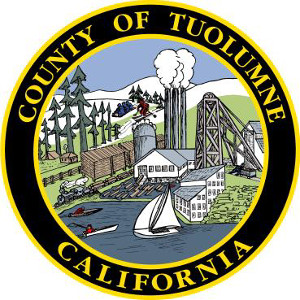Tuolumne County, CA… Tuolumne County, in partnership with the U.S. Forest Service and Yosemite Stanislaus Solutions Collaborative (YSS), will ramp up efforts to increase the pace and scale of landscape restoration on the Stanislaus National Forest, thanks to an infusion of federal funding. In September Tuolumne County received $8.67 million from the U.S. Forest Service, adding to the $11.2 million it already acquired from grants and direct funding to support fuels reduction and other restoration work on the Stanislaus National Forest.


Funding will be used to implement priority fuels reduction treatments around the communities of Cedar Ridge and Cold Springs, as well as pre-implementation activities, such as archeological and botanical surveys, property line survey and posting, road maintenance and reconstruction, in support of future restoration treatments in the larger landscape of the forest.
These projects and activities are part of a greater effort between the Stanislaus National Forest, Tuolumne County, YSS and other partners working together in shared stewardship of our National Forests. In 2017,
the Stanislaus National Forest and the Tuolumne County Board of Supervisors entered into a Master Stewardship Agreement for the primary purpose of retaining and restoring ecological resilience of National Forest lands to achieve sustainable ecosystems that provide a broad range of services to humans and other organisms. Projects developed under this MSA are designed to protect, enhance and restore forest and watershed health while bringing economic opportunities to the local area. The MSA provides an opportunity for parties to seek funding, expand partnerships and ultimately increase the pace and scale of forest restoration activities on the Stanislaus National Forest.
The Cedar Ridge and Cold Springs fuel reduction treatments will complement the Strawberry Unified Prescribed Burn plan, located adjacent to the communities of Cold Springs and Strawberry, which is currently being prepped for implementation by Tuolumne County and the Stanislaus National Forest under the MSA. That prescribed burn preparation was funded through a California Climate Investment grant awarded to Tuolumne County on behalf of YSS.
“With the 2020 fire season not yet over, it is becoming even more evident that we need to do something different to change the trajectory of our National Forests and communities located within the Wildland Urban Interface,” said Jason Kuiken, Stanislaus National Forest Supervisor. “Developing effective partnerships with those who have common interests is critical to ensuring the resiliency of our National Forests.” Board of Supervisors Chair, Sherri Brennan shares, “our partnerships are crucial to leveraging the resources needed to maintain the forest’s ability to provide valuable ecosystem services such as water for drinking, agriculture and power generation, forest products to support local economies, as well as opportunities for recreation and tourism. By coming together and leveraging funding, expertise and other resources from a variety of stakeholders, we hope to demonstrate that we can make a real difference in increasing the resiliency and sustainability of our National Forests and our communities that rely upon them.”


